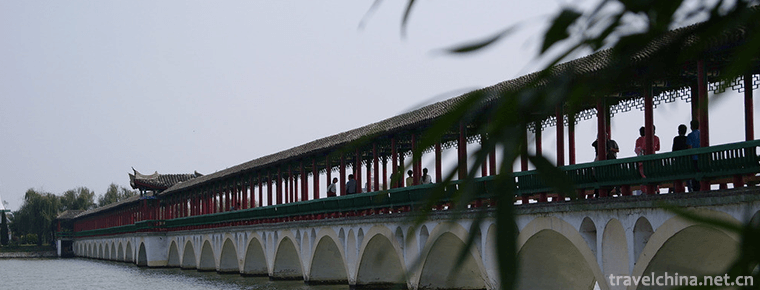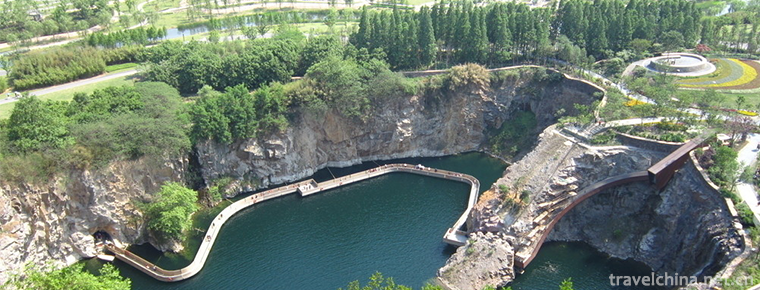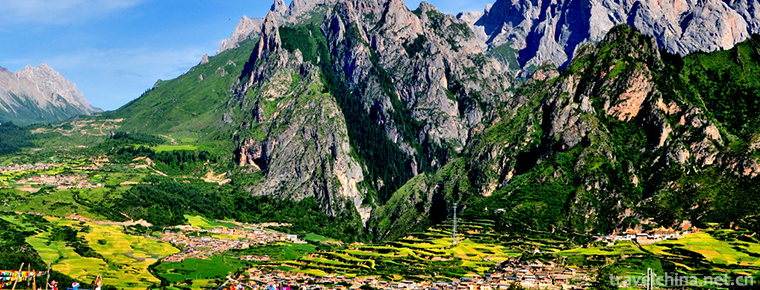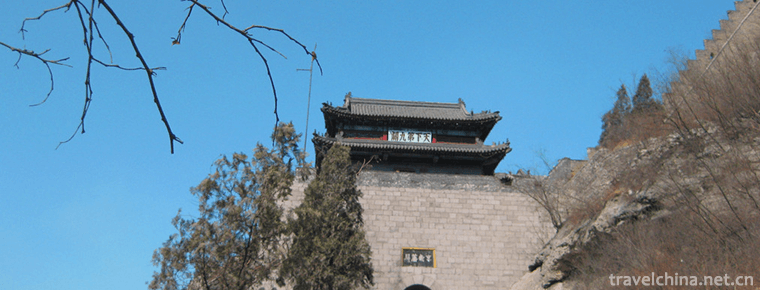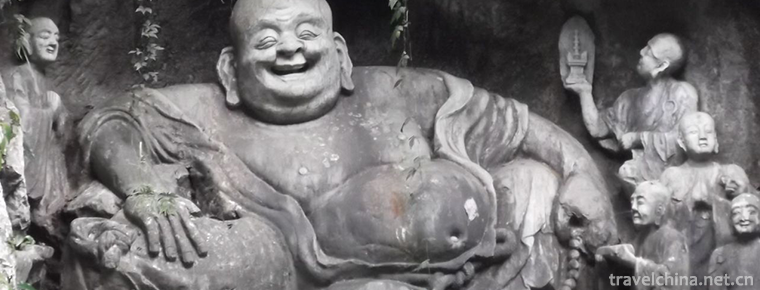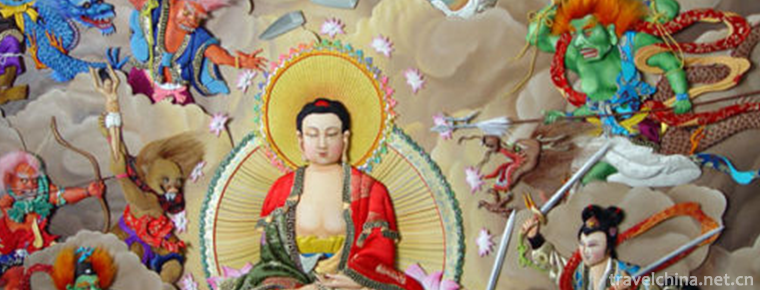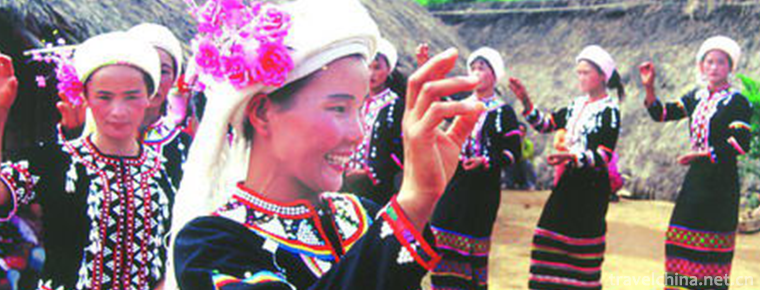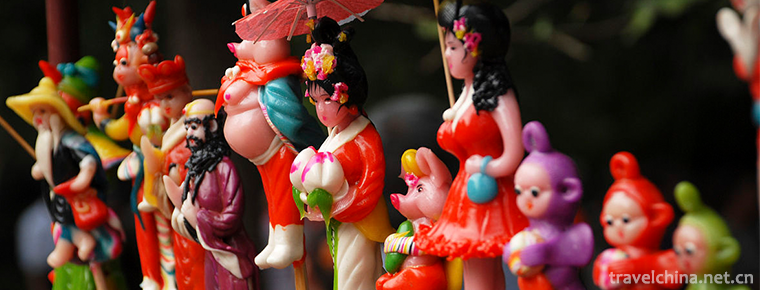Panzhihua before Sui Dynasty
Panzhihua before Sui Dynasty
Archaeological discoveries have proved that Panzhihua is one of the areas where human activities took place earlier. In addition to the "Yuanmou Man" and "Butterfly Man" relics found in nearby areas, the huilongdong ancient human site about 18000-12000 years ago has been found in Panzhihua City.
Panzhihua is also a corridor of primitive human migration from north to South and communication between East and West. The earliest human activities here can be found in the text: The Legend of Chang Yi, the second son of the Yellow Emperor, living in Ruoshui (the lower reaches of the Yalong River and the river after its confluence with the Jinsha River) and Zhuanxu, the second son of the Yellow Emperor, in historical records, ZhouShu, muzhou oath, about the legend that the people of Li, Wei and Pu who lived in the area participated in King Wu's attack of Zhou.
According to the division of Yugong, the city belongs to Liangzhou in ancient times. In the Zhou Dynasty, the land was merged into Yongzhou along with Liangzhou.
In the fifth year of King Shenliang of Zhou Dynasty (316 BC), after the Qin Dynasty destroyed Shu, "the state of cancong (Shu) was broken, and the descendants lived in Yao and Yao (including the city area) In 285 B.C., King Huiwen of Qin Dynasty sent Shu Shou Zhang ruozuo and his Jiangnan area as the first place to set up counties and counties in this area.
In the sixth year of the reign of emperor Yuanguang of the Han Dynasty (129 BC), Emperor Wu of Han Dynasty sent Sima Xiangru to appease the Yi people, "reaching mo (Dadu River), Ruoshui, qiaosunshui (Anning River) in the west to connect Qiong and Zuo. After the return of Xiyi, the Han Dynasty once "set up a Duwei, more than ten counties, belonging to Shu (county)" (historical records, Sima Xiangru Biography). The administrative districts set up here twice in the reign of Qin and Han, yuan and Guang dynasties have jurisdiction over the city.
In the sixth year of the reign of emperor Yuanding in Han Dynasty (111 B.C.), Yueyi county and its subordinate 15 counties were set up from Panxi to Chuxiong, Yunnan Province.
In the Shu Han period of the Three Kingdoms, Dazuo was incorporated into Dingzuo, and Gufu county and dragonfly county were divided into Yizhou county and Gufu county. In addition to the central Jiangbei County, the city is still under the old system. So from the original land of one county and seven counties, it became the boundary of two counties and seven counties.
After a long period of time, it was merged into Xigu society. In addition, Yizhou was too large, and divided into four counties in nanzhong under its original jurisdiction, and ningzhou was established in addition. Yunnan county was transferred to ningzhou. After that, ningzhou was abolished and restored, and the county of Yue was ruled by it. The eastern part of Jiangbei was changed into Huiwu County, and the western part of Jiangbei was transferred to suijiu County, which was changed from six counties in Yizhou county to two counties in ningzhou county.
In the first year of Yongchu of Liu Song Dynasty (420 A.D.), Liu Yu took the place of Jin Dynasty and established Liu Song Dynasty in the south. The territory of Yi and Ning includes two parts. Yizhou Yueyi county's administrative office was returned to qiongdu from the meeting. Pingle county and its subordinate counties were abolished, and Gufu county was divided into East Gufu county and West Gufu county. Today, except Hexi is qiongdu, Daping and the west of Jiangbei are subordinate to donggufu County, the rest remain unchanged; it is the jurisdiction of Yizhou and ningzhou, Yuehe, Yunnan and Xingning counties, qiongdu, Huiwu, Dingzuo, dragonfly and donggufu.
At the end of the Liu and Song Dynasties, in Yuejia County of Yizhou, the "barbarian bureaucrats relied on the danger, and then took the Zha rebellion" ("Taiping Huanyu Ji" quoted "Shidao Zhi"), which belonged to all counties. In ningzhou, nanzhong surname, headed by the Cuan family, was also "good at living by relying on the yuan" and "from the wangmanfang" (Zhoujun annals of the Southern Qi Dynasty and the Cuan family). In 479, Song County was only under the jurisdiction of Song County. Not long after Nanliang was founded, the Northern Wei kingdom once sent troops to invade Yizhou and ningzhou in 514, but soon withdrew to the north. Xiao Ji was the governor of Yizhou. In the 17th year of Shu Dynasty, ningzhou and Yuejia in Nankai (Zizhi Tongjian Liangji) established gazhou, and then set up Xilu County in Hexi and Dechang. After arriving at Dabao (550-551) of Jianwen emperor of Liang Dynasty, it became the base of the Cuan family.
After the Northern Wei Dynasty was divided into eastern and Western regimes, the Western Wei Kingdom took advantage of the southern Liang civil war and the opportunity of Xiao Ji to fight for the emperor in the East. In 552, the kingdom of Western Wei sent troops to invade some parts of Yizhou, ningzhou and gazhou in 552. Although there was a saying that "the feelings of the southwest Yi people were harmonious" (the stele of weichijing temple in Zhangde), it could not actually control the area of today's city occupied by the Cuan family. After the establishment of the Northern Zhou Dynasty, it was only after two military expeditions in the fourth year of Baoding (564) and the third year of Tianhe (568), that the area of Yuehe was occupied. Dingzuo town was set up in Dingzuo, Daping and the middle of Jiangbei were under its control. Hexi was once the jurisdiction of Yanzhou Pingle county and Xuanhua County kequan county. In addition, the places of Hedong, Jiangbei, Jiangbei, and Jiangnan were still occupied by the Cuan family.

Panzhihua before Sui Dynasty
-
Bali River Scenic Area
Bali River Scenic Spot is a national AAAAA-level tourist attraction with "Global 500 Top" environmental protection. It is located in Yingshang County
Views: 272 Time 2018-12-08 -
Old boundary ridge of Funiu Mountain
Laojieling is located in the north of Xixia County, Nanyang City, Henan Province. It is located in the upper part of the south slope of Funiu Mountain
Views: 141 Time 2018-12-09 -
Shanghai Chen Shan Botanical Garden
Shanghai Chenshan Botanical Garden is located at 3888 Chenhua Highway, Songjiang District, Shanghai. It was opened to the public on January 23, 2011. It was built by Shanghai Municipal Government in c
Views: 182 Time 2018-12-19 -
Yellow River First Beach
Views: 181 Time 2018-12-22 -
Niangziguan Scenic Area
Niangziguan is a famous pass of the Great Wall of China, known as the Ninth Pass of the Great Wall of China, and it is a must for military strategists of all dynasties.
Views: 255 Time 2019-02-07 -
The Legend of the Cloth Bag Monk
From the end of Tang Dynasty to the Five Dynasties, the monk of Fenghua, Ningbo City, Zhejiang Province, named Tingzi, was an eminent monk of Hou Liang in the Five Dynasties
Views: 422 Time 2019-04-04 -
Pile brocade
Duijin, also known as Shangdang Duijin, is a handicraft hand Duijin is developed on the basis of traditional Chinese painting and embroidery. It is made of silk as the main fabric
Views: 158 Time 2019-04-28 -
Lusheng Dance of Lahu Nationality
Hulusheng dance is a representative of the Lahu nationality. It mainly spreads in busy Nuo Township, Mengmeng Township, Dawen Township, Mengku Township and other Lahu villages in Shuangjiang
Views: 192 Time 2019-05-10 -
dough figurine
Noodles, also known as face sculptures, models and flowers, are simple but highly artistic Chinese folk crafts. As early as the Han Dynasty, Chinese face sculpture art has been written down. It uses f
Views: 145 Time 2019-06-05 -
Construction Techniques of Salar Fence Tower
The construction technique of the fence building of Sala nationality refers to the traditional construction method of the fence wooden building with the unique architectural form of Sala nationality i
Views: 280 Time 2019-06-11 -
Langmu Temple
Langmusi town is a small town under the jurisdiction of Luqu County, Gannan Tibetan Autonomous Prefecture, Gansu Province, and Ruoergai County, Aba Tibetan and Qiang Autonomous Prefecture
Views: 161 Time 2020-11-07 -
Meishan administrative division
Meishan City has 6 county-level administrative divisions (Municipal District 2, county 4), and 80 township level administrative divisions (street 13, town 62, township 5). It covers an area of 7134 square kilometers and has a population of 3.5 million. Meishan Municipal People's Government in Dongpo District Meizhou Avenue West Section 2.
Views: 336 Time 2020-12-18
